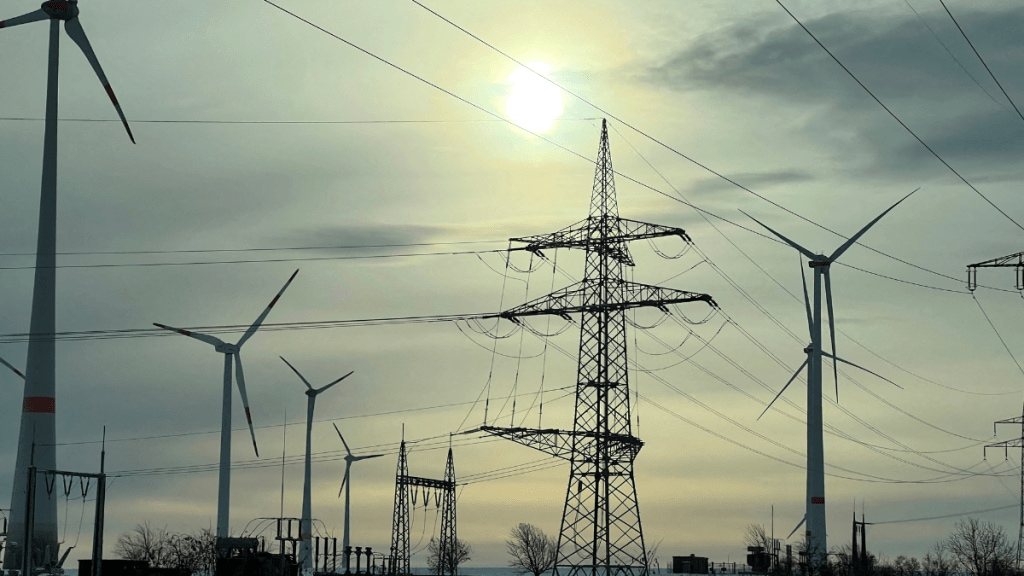Despite being expensive, gas-based power has started finding new buyers of late. India’s gas-based power generation rose to 5.05 billion units in May, up 78.6% on year, according to the data from the Central Electricity Authority.
The generation from gas-based capacities last month was higher than the targeted 3.03 billion units. During April to May, the country’s gas-based plants generated 8.77 billion units of power, up from the target of 6.14 billion units.
The increase in generation comes amid the rising demand for power and government’s direction to gas-based power generating stations to operationalise their idle capacities. The increase comes amidst rising peak demand for power which touched 250 gigawatt (GW) on May 30 as the temperatures across the country rose.
The government now projects the peak demand to touch 260 GW in the ongoing summer season. To ensure adequate availability of power, it directed gas-based power generating stations to operate their gas-based power plants from May 1 to June 30.
“The main reason why the improvement has happened is that the demand is growing. Hydro power generation has been lower. While we are adding renewable capacity and some amount of thermal capacity, it is not fully covering the incremental demand coming in,” said Vikram V, Vice-President & Co-Group Head – Corporate Ratings, Icra. “So, we will have to increase the utilization of the existing coal based and gas based capacities.”
Vikram noted that April and May have witnessed a double digit growth in the power demand.
Going ahead, the utilisation of gas-based plants will highly depend on how the monsoon plays out to be, analysts say. Favourable monsoon is likely to result in higher hydro power generation and simultaneous lower demand for power which may taper down the demand for gas-based power generation.
“It all depends on how the monsoon pans out and how it is after May. If the demand growth is down, we may not see much utilization of these (gas-based) plants because from June, hydrogenation and wind generation picks up and the demand typically tapers down,” Vikram said. “If the demand is not there and you have sufficient supply from the other sources, you will not need gas.”
He also highlighted that even if spot gas prices come down, the cost of generation from gas-based capacities would still be higher than coal based plants or renewable plants.
The country’s power demand has been projected to rise 6% annually. The country successfully met the peak demand of 250 GW last week contrary to 2012 when the country suffered the largest outage owing to the collapse of the northern and eastern grids due to overload.
This has been a result of improvement in the grid infrastructure, new transmission projects, and infrastructure building to evacuate power from RE zones, analysts say.

